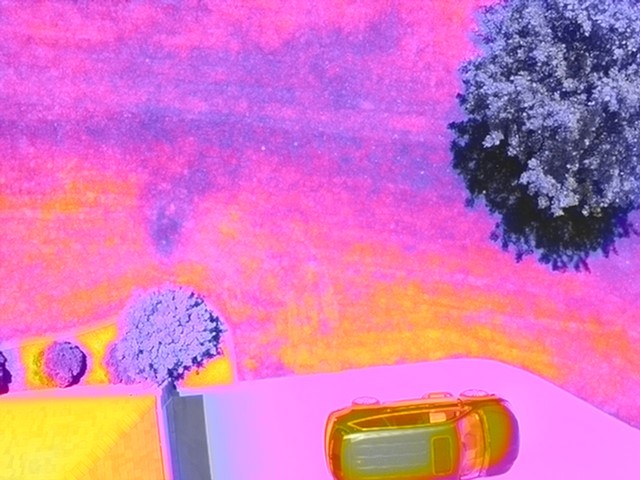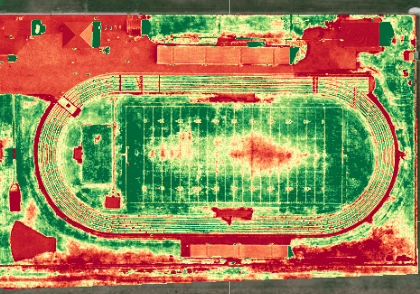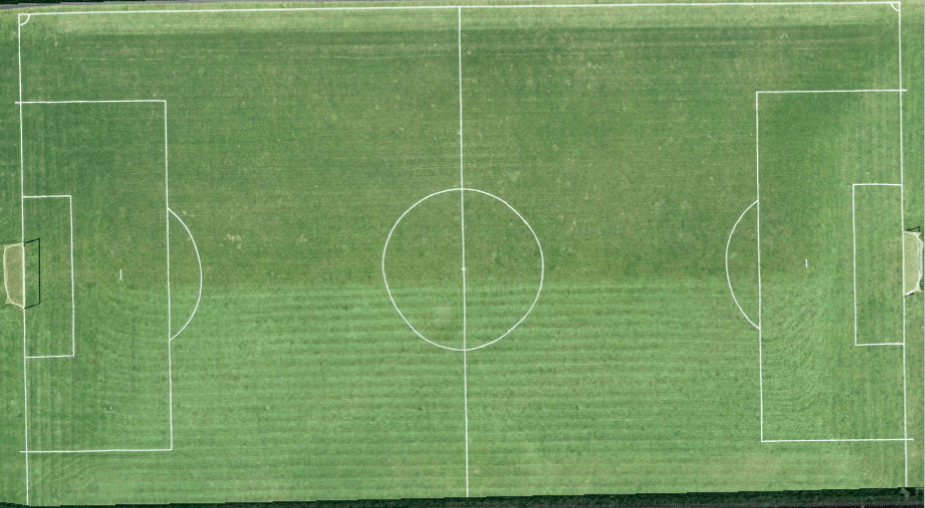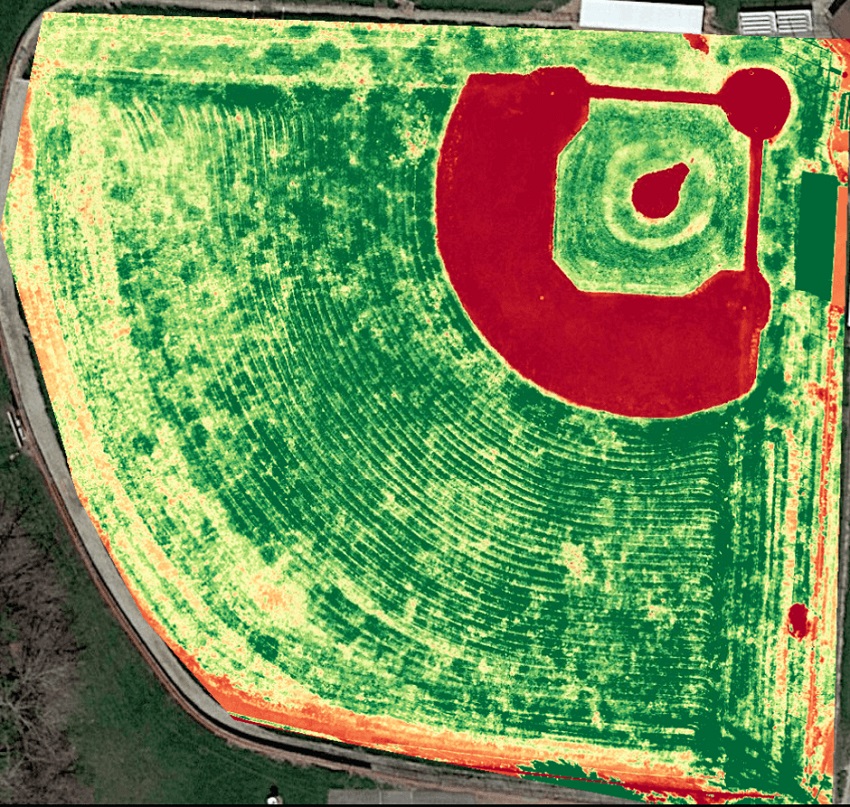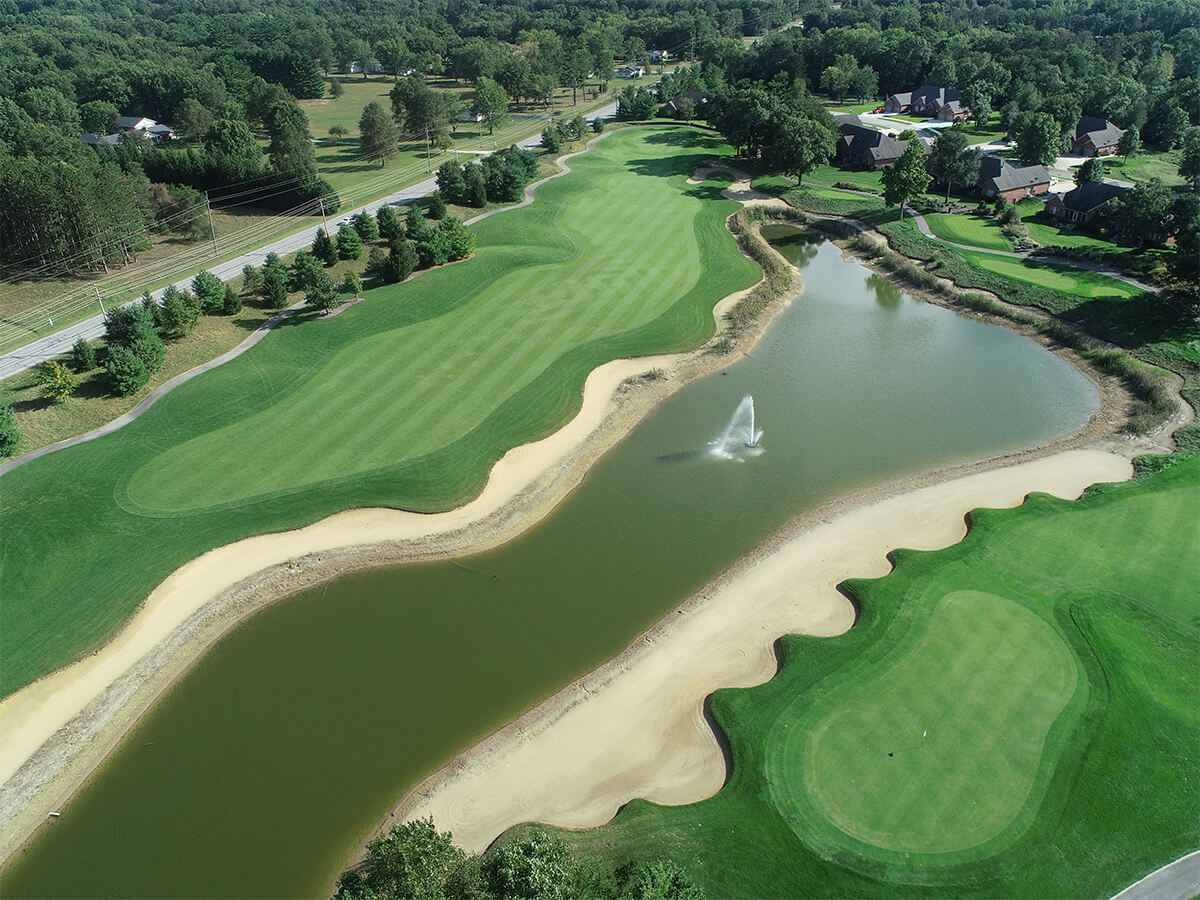Turf
UAV Benefits
- Improve turf and landscaping management practices
- Detect emerging patterns that might otherwise go unnoticed
- Improve lawn qualityby targeting site-specific issues
- Manage sporting fields with reduced economic and environmental costs
- Evaluate different mowing techniquesfor desired appearance and performance
- Identify and quantify unwanted plants for removal as an alternative to applying chemicals
UAV Challenges
Timing: Timing flight before or after an event or management practice is critical to the outcome of the data.
- Tip: Know what information is needed and work with groundskeeping personnel to plan the flight based on mowing and event schedules.
Clouds: Shadows will ruin turf images and maps. A plant health map is a very valuable tool, but images with clouds are not.
- Tip: Fly when skies are fully overcast or clear for optimal image quality.
Crowds and people: Operating a UAV over a crowd of people without a wavier is a violation of Federal Aviation Administration (FAA) regulations. This can be difficult in recreational settings.
- Tip: Use special caution and be proactive by having a waiver in place if people will be present.
